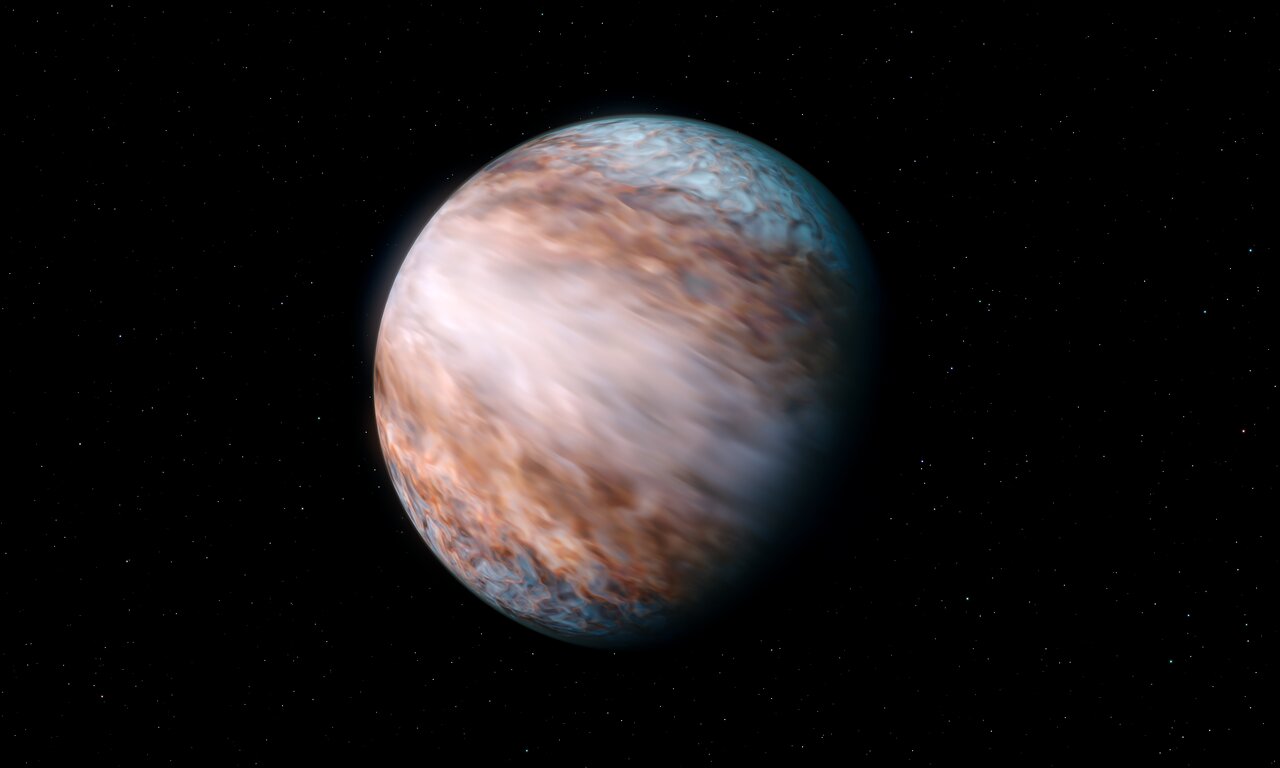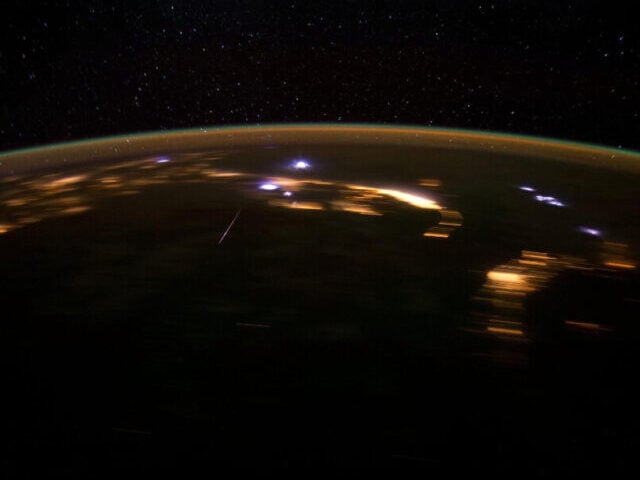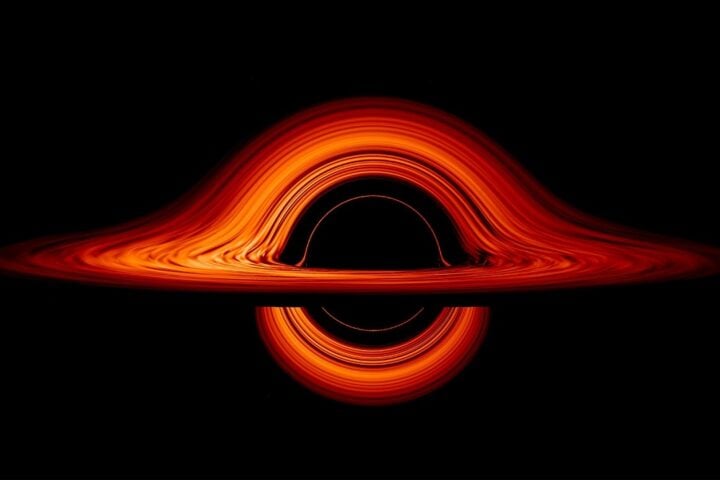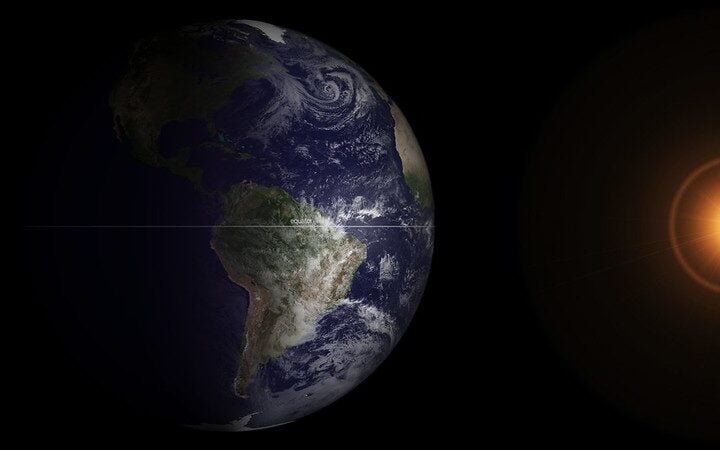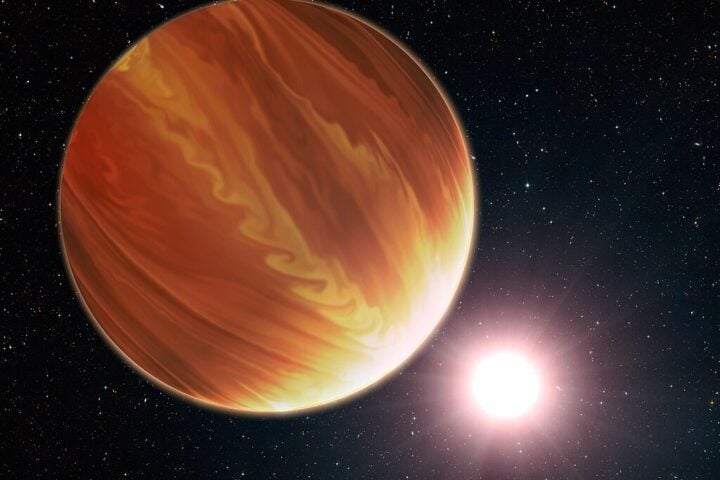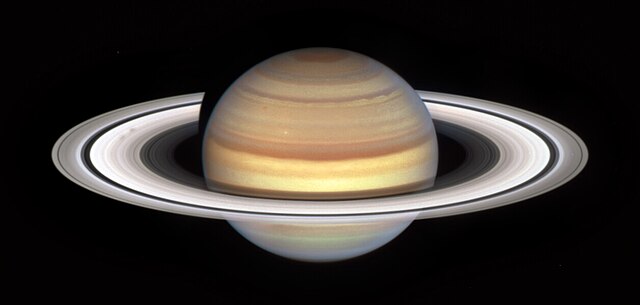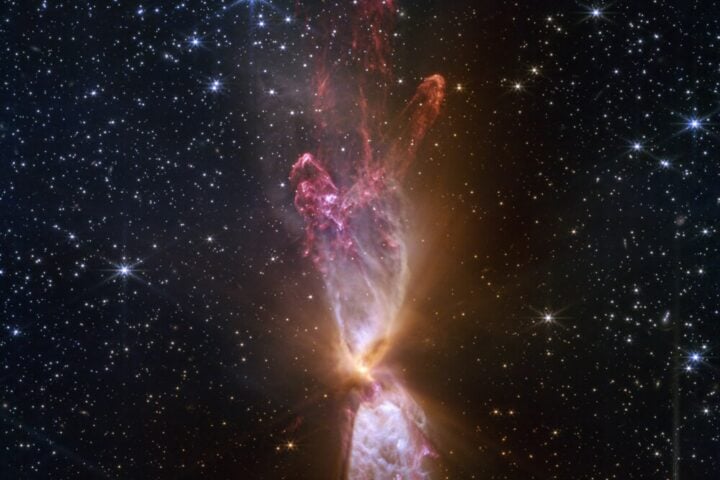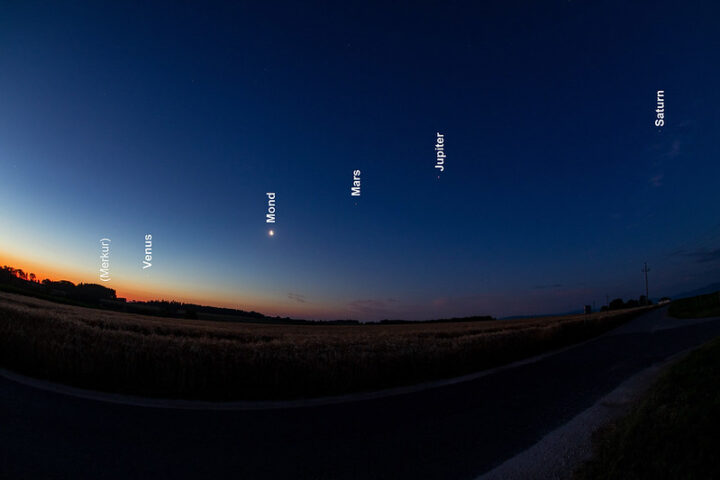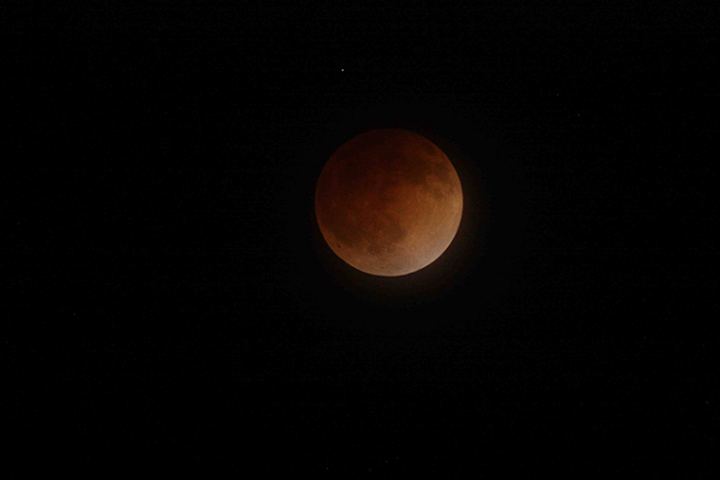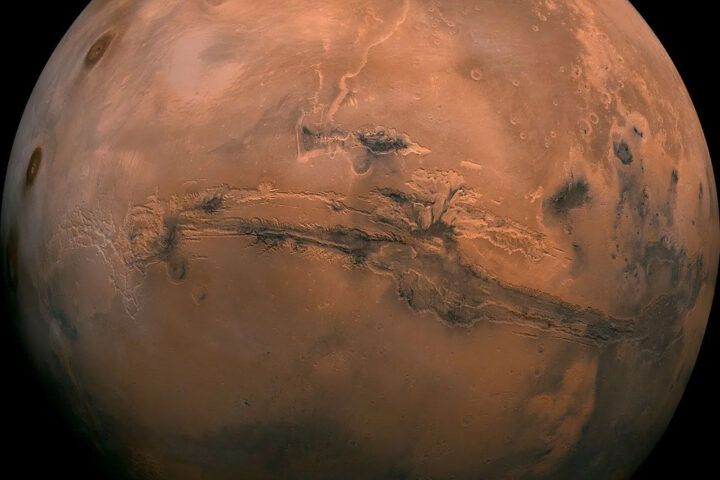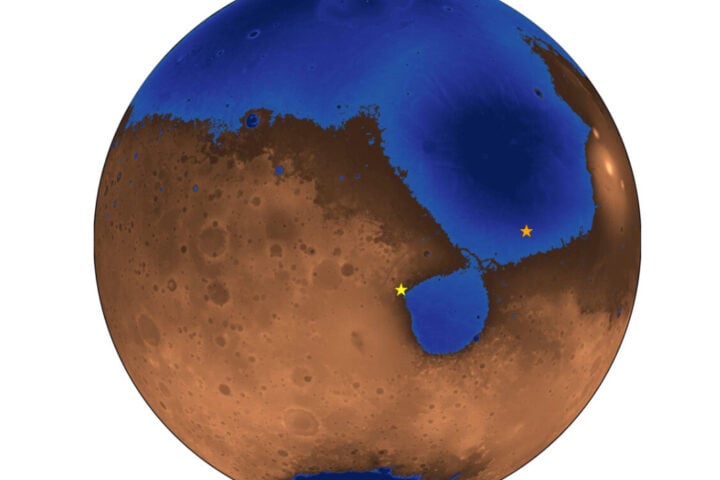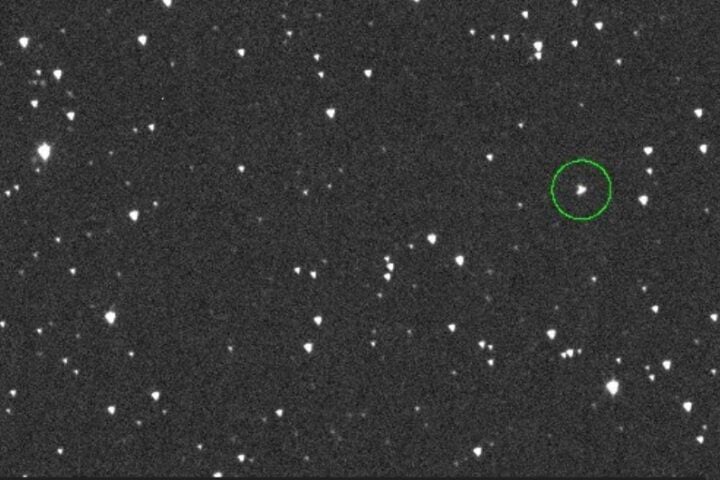Scientists have found the fastest planetary winds ever recorded in the universe on planet WASP-127b, located 500 light-years from Earth. These winds race at 33,000 kilometers per hour (20,500 mph) around the planet’s equator.
“Part of the atmosphere of this planet is moving towards us at a high velocity while another part is moving away from us at the same speed,” says Lisa Nortmann from the University of Göttingen. “This signal shows us that there is a very fast, supersonic jet wind around the planet’s equator.”
These winds move faster than anything we know. For comparison, Earth’s strongest recorded wind was 407 kilometers per hour during a tornado in Australia. Neptune, the windiest planet in our solar system, has winds reaching only 1,770 kilometers per hour.
WASP-127b is bigger than Jupiter but weighs much less – only 16% of Jupiter’s mass. The planet takes 4.18 Earth days to orbit its star. One side always faces its star, making that side extremely hot at temperatures exceeding 1,000 degrees Celsius (1,832 Fahrenheit), while the other side stays in darkness.
Simliar Posts
Scientists used the CRIRES+ instrument on the Very Large Telescope in Chile to study these winds. This special instrument breaks down starlight passing through the planet’s atmosphere, revealing what gases are present and how fast they move. The team found water vapor and carbon monoxide in the atmosphere, along with dramatic temperature changes between the planet’s day and night sides.
“This shows that the planet has complex weather patterns just like Earth and other planets of our own system,” explains Fei Yan from the University of Science and Technology of China.
David Cont from Ludwig Maximilian University adds that studying planets like WASP-127b helps scientists explore heat redistribution and chemical processes in atmospheres. This knowledge could reveal new details about how our own solar system formed.
These findings, published in Astronomy & Astrophysics, show how modern technology lets scientists study weather on distant worlds. The discovery of such extreme winds helps map the range of conditions possible on planets beyond our solar system.
The research proves especially valuable as it combines precise measurements with clear evidence of supersonic winds, marking a significant step forward in our understanding of planetary weather systems beyond Earth.
